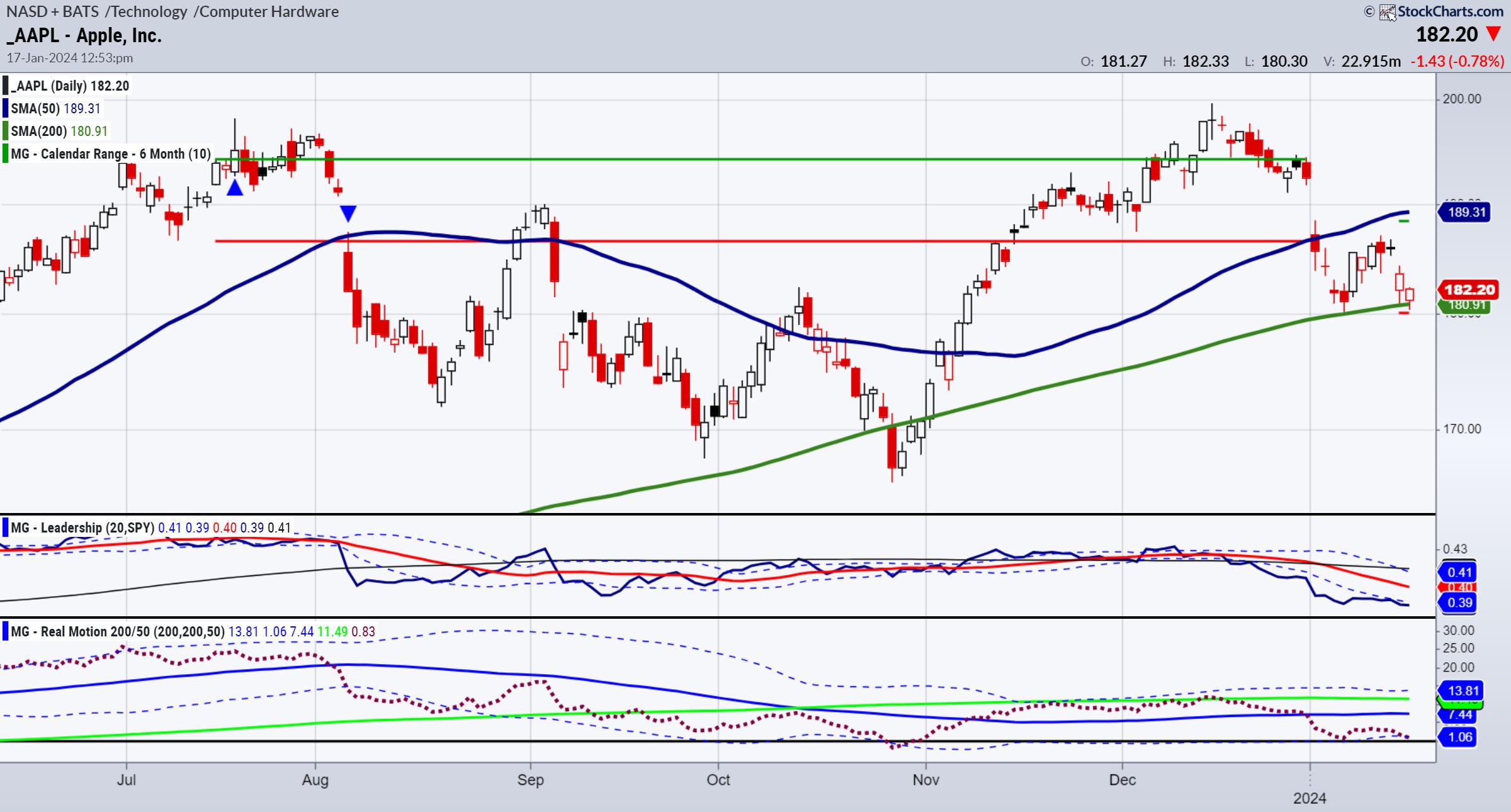The more it drops, the more you buy

z1b
The recent rise in 10-year Treasury yields above 4% and simultaneous selling in utilities ( Federal Reserve officials and strong economic data indicate inflation may be tighter than previously expected. As a result, many high-quality dividend stocks in these sectors are currently for sale. We are taking advantage of this by buying more of these stocks as prices continue to fall.
In this article, we’ll discuss why we think the current sell-off is unjustified, and then share some of our favorite utility/infrastructure, banking, and mining dividend stocks right now.
Why the sell-off is unlikely to last
After Powell’s dovish pivot last December sparked a Santa Claus rally, some Fed officials have recently We take a more hawkish stance on interest rates. For example, Atlanta Fed President Rafael Bostic believes the Fed’s policy rate should end next year in the 4.75%-5% range, above what the market is suggesting. Loretta Mester, Christopher Waller and Thomas Barkin have also taken a more hawkish stance on interest rates recently.
Their outlook has been bolstered by recent US economic data. Inflation numbers have eased slightly but still exceeded the Fed’s 2% target in most cases. For example, the Consumer Price Index (CPI) rose 3.4% in the 12 months to December 2023, following a 3.1% rise in November. Additionally, recent economic and market data shows that 2024 is expected to bring slow but steady economic growth, with recent stronger-than-expected consumption and jobs data.
These factors have shifted market expectations, contributed to the recent rebound in Treasury yields, and made dividend stocks less attractive, especially in alternative bond sectors such as utilities. This is because the relative attractiveness of dividend payments is reduced relative to the current higher yield. The safer Treasury securities offer.
However, there are several reasons to believe that interest rates will not remain high for much longer.
- Corporate bankruptcies are on the rise, and according to this indicator, 2023 will be a worse year than 2020. With a wall of corporate debt (especially commercial real estate debt) maturing in the near term, the Fed will likely be under pressure to cut interest rates to avoid sending the economy into a deep recession.
- Interest costs on U.S. debt are becoming increasingly burdensome. As military spending pressures increase due to wars in Ukraine and Israel, not to mention the arms race with China, there is likely to be significant political pressure on the Federal Reserve to ease its quantitative tightening program, especially during a key election period.
- The Federal Reserve’s preferred measure of inflation, PCE, has been below its 2% target for the past six months. Six months isn’t enough to declare the war on inflation officially over, but it’s still enough to conclude that the Fed is definitely close to achieving its goal of crushing inflation.
- Household balance sheets are also becoming increasingly tight, with credit card debt reaching record levels. This means consumer spending is nearing its peak and, barring interest rate cuts, is likely to begin to decline in the near future.
- Several leading indicators, such as the Yield Curve Model and the State Coincidence Index Model, all indicate that a recession is likely in the near future.
As a result, market sentiment is expected to shift back to prioritizing bonds (BND), precious metals and defensive bond alternatives as investors become more interested in being defensive rather than worrying about higher prices in the long term. It is expected. interest rate.
Some of our favorite dividend stocks right now
Given our outlook, we believe now is a great opportunity to buy quality dividend stocks that have been on the decline in recent weeks. Here are some of our favorite products we are purchasing from Deep.
- Blue-Chip Miners Barrick Gold (GOLD) and Newmont Corporation (NEM) both boast strong investment-grade credit ratings with very low debt levels, significant liquidity, and an abundance of Tier 1 assets, pay attractive dividends relative to their industries, and trade at significant discounts. do. Based on P/NAV compared to peers. Both companies have significant gold and copper production profiles spanning several decades, so we believe now is an appropriate time to increase their shares.
- Algonquin Power & Utilities (AQN) has a solid BBB credit rating and owns high-quality utility and renewable power assets. Additionally, AQN is attractively priced with a dividend yield of over 7%. AQN’s management expects to create significant value for shareholders this year by selling its renewable generation and development businesses at accretive prices and recycling the proceeds to reduce debt and repurchase meaningful shares. We are confident in JPMorgan’s (JPM) abilities, as they have conducted a comprehensive analysis of the company and not only recommended a sale of its renewable energy business, but also provided a range of value that it should expect to gain from doing so. Management noted that it is already receiving “interesting” offers from potential buyers, suggesting that demand and interest for its renewable energy business is quite strong. Moreover, activist investment group Starboard Value has been working with the board throughout and has lobbied hard for a sale of the renewable energy business as a means of creating significant value for shareholders. Starboard has increased its position in AQN by a whopping 71% since management announced plans to sell its renewable energy business. This means that external investors, who have close contact with the board and some increased visibility into the strategic review and sales process, are confident in management’s ability to create value.
- Financial stock New York Community Bancorp (NYCB) combines an attractive current yield of ~7% with strong growth potential (analysts forecast earnings per share of 6.9% CAGR through 2025). Moreover, NYCB is undervalued relative to historical metrics, with a P/BV of less than 0.7x and a P/Tangible BV of less than 1x, both well below the five-year average. With 60% of its deposits insured by the FDIC, a focus on low-risk, rent-regulated multifamily loans, and minimal exposure to office loans, NYCB is in a relatively conservative position.
Investor Implications
Many defensively positioned dividend stocks have taken a hit recently, but we think they’ve rarely been more attractive from a risk-reward standpoint than they are today.
- A number of factors suggest that the Federal Reserve will have no choice but to cut interest rates sooner rather than later.
- A recession is still likely, putting a premium on defensive businesses.
- Their valuation looks very attractive after the recent sell-off. This is especially true when compared to the S&P 500 (SPY), which appears to be overvalued based on numerous metrics.
As a result, we have many undervalued precious metals, utilities, and financial dividend stocks similar to those mentioned in this article.
Editor’s Note: This article discusses one or more securities that do not trade on a major U.S. exchange. Please be aware of the risks associated with these stocks.



